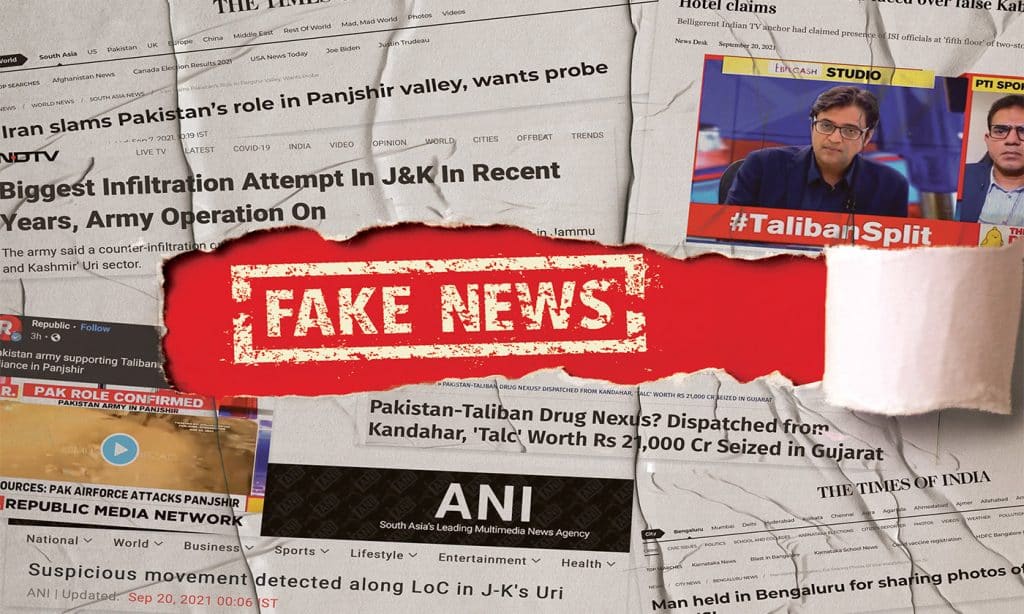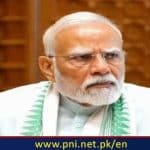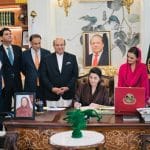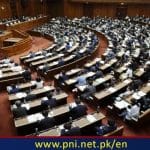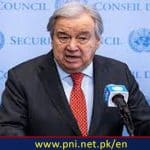During an era where information travels at the click of a button and news spreads like wildfire, media’s power to control the mindset of the masses is more powerful than ever and more dangerous. Media has become weapon, tool, and force in the hot-headed, volatile relationship between India and Pakistan, powerful enough to shout truth but also to falsely manipulate it. Though the age of information has opened more for people than ever before, it has also created an environment conducive to disinformation. Disinformation campaigns on incidents between India and Pakistan have not only helped create an atmosphere of mistrust but have also had physical impact, inciting nationalist passion and, at times, almost bringing both countries to the brink of war. In such a world, the media does not simply report—it constructs the very fabric of reality, generally blurring the line between fact and fiction. The media has a significant role to play in influencing public opinion, and the way information is presented can greatly impact the understanding of events.
Selective reporting is the most common strategy, in which the news organizations decide to report some events or report them in specific conditions. In the India-Pakistan context, for example, The Indian government told very few individuals about Operation Sindoor, that it was successful but was silent otherwise regarding the targets and the way the operation was conducted. This was both for security and to influence public opinion. India has reported killing 100 terrorists in Operation Sindhoor, but no other outside agency has corroborated this. Added to this issue was the increasing tendency towards sensationalism with fanatic news reporters broadcasting fake news. Fake news is spread through social media.In India, fake news regarding Pakistan goes viral on WhatsApp, Twitter, and Facebook, which generates panic, hatred, and fear.
These artificial contents, in the form of deepfakes—deceptively cast imposter video or audio, which seem real—are enabled in modern technology. They are utilized to trick people into believing they are being shown actual government announcements or updates. Social media applications such as WhatsApp, Twitter, and Facebook have emerged as top tools for spreading disinformation. During Operation Sindoor, the false information was disseminated far and wide, e.g., Jaishankar Video Fake A manipulated video had India’s Foreign Minister S. Jaishankar declaring that Pakistan was warned before Operation Sindoor. It was tweeted by opposition leader Rahul Gandhi with questioning the government. Officials later authenticated the video as fake and misleading Jalandhar drone attack hoax. A video recreating a drone attack over Jalandhar became controversial. But it was a routine case of a farm fire. The government confirmed it to be false news aimed at creating panic. Fake Army Post Attack
A video claimed that Pakistan attacked an Indian Army post. But the army unit featured in the video—”20 Raj Battalion”—does not exist. Officials labeled it a false report aimed at misleading people to stage outrage and shape public opinion. Government also encourages that spread of false information at times.I ndia and Pakistan both use the media to publish news in favor of their government’s perspective.
Such news reports are not necessarily based on facts but are helpful in making the people more patriotic or assisting the government in times of crisis. During wars at the borders or terrorist attacks, fingers are pointed by the media at the other nation. This plays with the emotions of the people and allows the government to get more sympathy from the nation. But for the most part, what is being shown is false or worse than what happened in 2019, a terror attack was perpetrated on 40 Indian soldiers in Pulwama. The Indian media were quick to accuse Pakistan. India then stated that it had undertaken an airstrike in Balakot and asserted that it killed more than 300 terrorists. But BBC and Reuters reporters went to the site and discovered no significant damage and no casualties. Nor were the buildings hit, as satellite images showed. This may mean that Indian media published false or exaggerated reports to depict a grand victory, to present the government in good light before elections.
These false reporting impacts on global relations and public mind lead to news ruins diplomatic relations, peace negotiations, particularly between India and Pakistan, become more difficult by igniting tensions and conflict of trust. Disinformation influences public opinion, declaring Pakistan a warzone or hub of terrorism, which creates fear and suspicion. Misinformation and fake news also stoke India’s fault lines and increase conflict among various communities. Pakistan should do everything possible to counter Misinformation being spread by India. Pakistan can occupy itself with educating its citizens on how to recognize fake news, verify sources, and critically read the news. Apart from that, Pakistan can lend a hand to independent fact-checking websites, like India’s Alt News or Boom Live, which can verify news and shoot down misinformation found on the web.
Pakistan must consider legislations that will make online platforms accountable for the spread of misrepresentations without inhibiting freedom of expression or inviting censorship. The role of media in the dissemination of disinformation is not a simple one, particularly between India and Pakistan. Disinformation can influence public opinion and bilateral relations. Media responsibility publicly raising awareness better, and adherence to precise reporting are needed to overcome it. It is not just the media and government that need to be careful and reject unconfirmed news. The people must do that too.
About the Author: Sana Shaikh is a student at National Defense University
Follow the PNI Facebook page for the latest news and updates.


